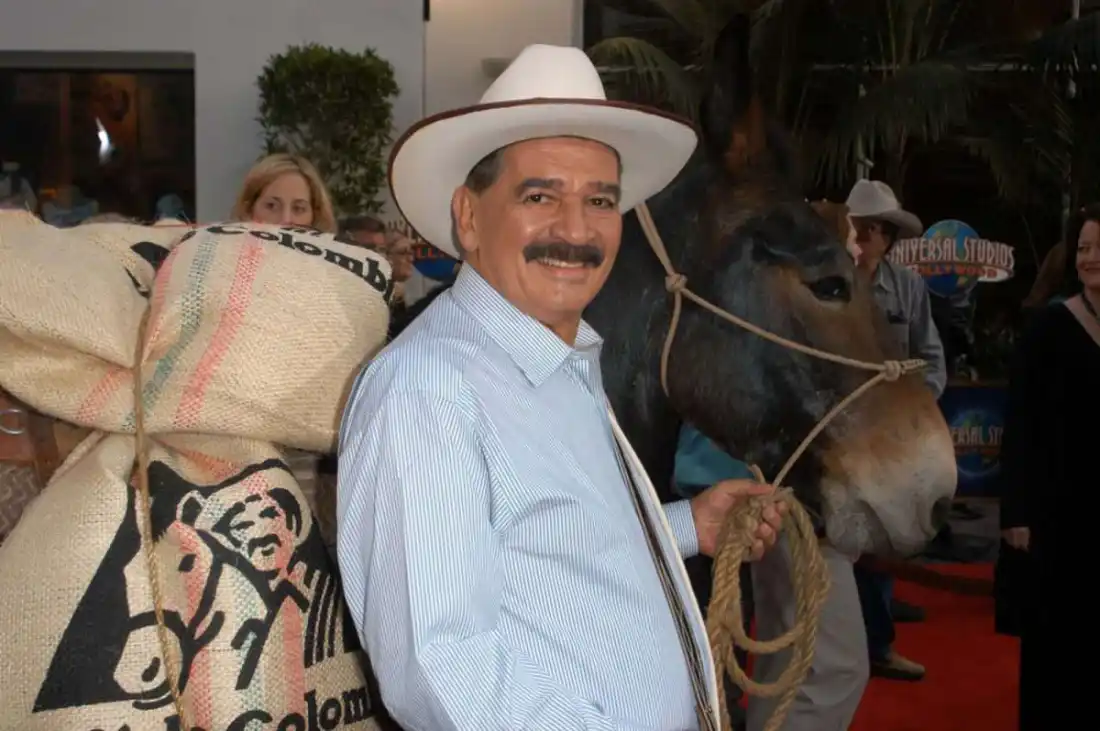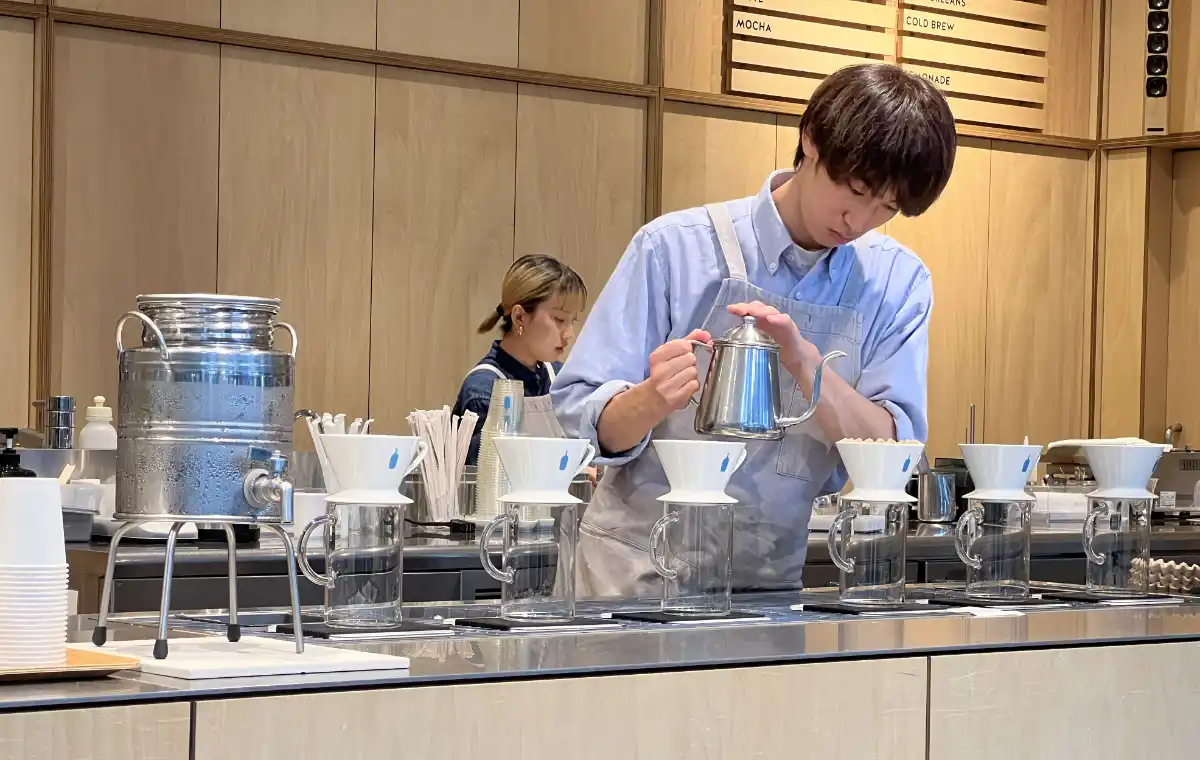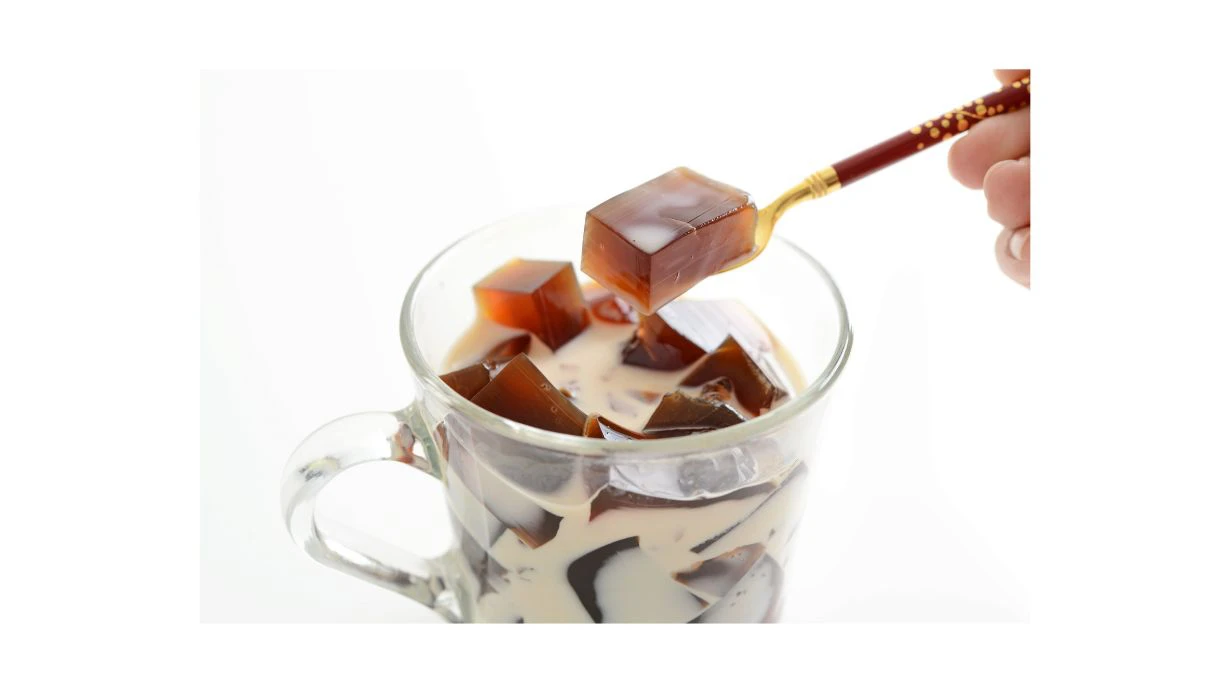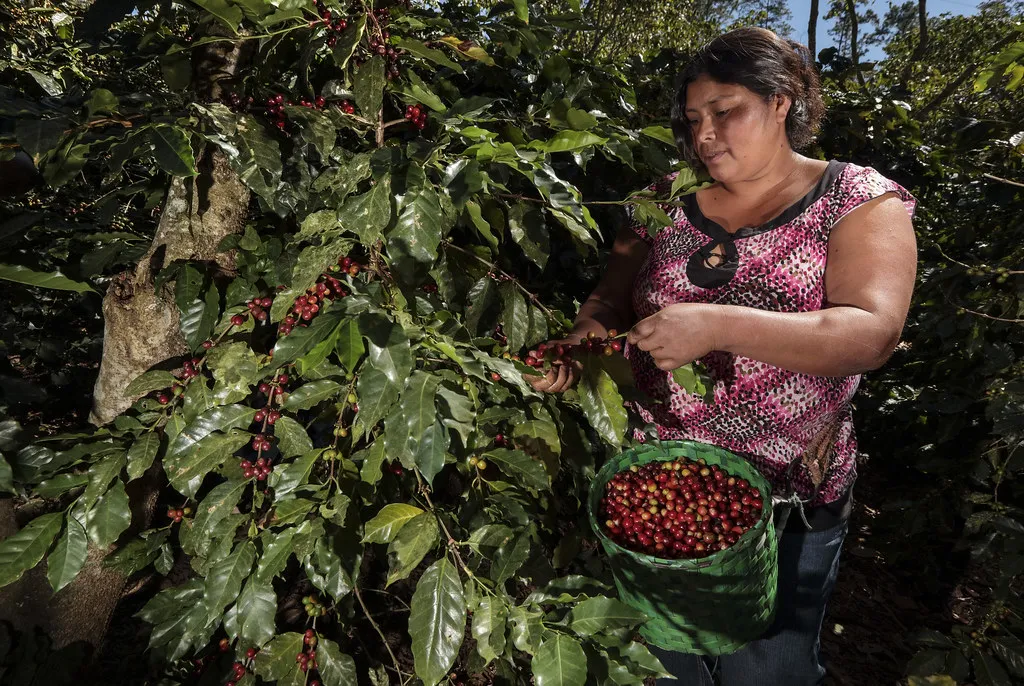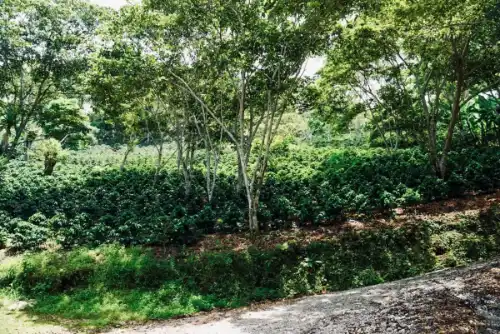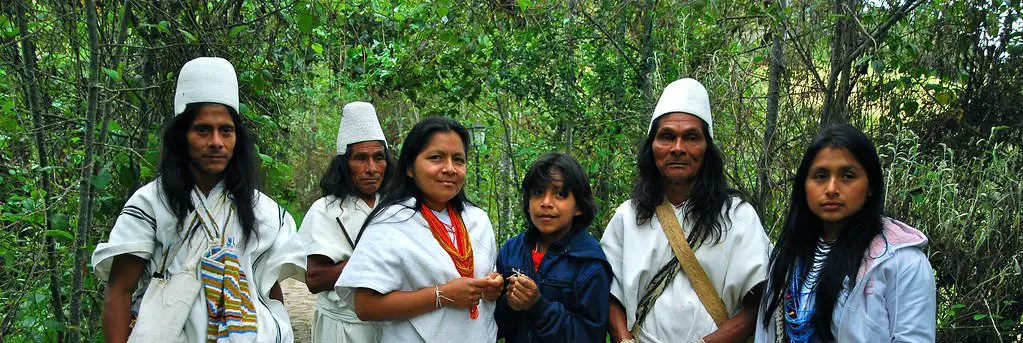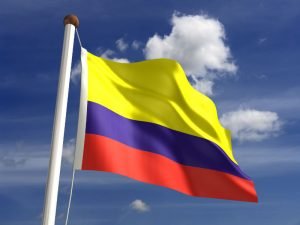
Which is better, arabica or Colombian coffee?
Arabica indicates the coffee species, other species are Robusta and Liberica.
Colombia is the country where mostly arabica coffee is grown.
Since Colombia coffee is arabica coffee, this question does not make any sense.
Let me tell you more about the amazing Colombian coffee varieties grown in various regions of the country.
Colombian coffee – the world’s favorite
It’s impossible to overlook Colombian coffee. You will find it on the shelves of any decent shop selling quality coffee. Colombian coffee, from the generic kind to precious single-origin coffees, is everywhere. Make no mistake, despite the sheer quantity, it is a quality product: Colombia coffee is from 100% arabica coffee beans.
Read here what you need to know about coffee from Colombia to make an informed buying decision. You will learn about the factors responsible for the outstanding quality of coffee from this major producing country. These include an ideal climate, rich soil, the processing method, and strict quality control. And a clever marketing and branding strategy made Colombian coffee an international success.
Colombia – a top coffee producer
Colombia is the third-largest coffee-producing country in the world after Brazil and Vietnam. But Colombia ranks as no. 1 in the production of arabica coffee beans, the preferred choice of coffee lovers. As Colombia is determined to deliver high-quality coffee, they produce only arabica beans. About 75% of the annual harvest is exported.
There are around 540,000 coffee farms in Colombia, most of them small family-owned farms. The National Federation of Coffee Growers of Colombia supports coffee farmers or cafeteros with research, education, certification, and marketing. This support has been crucial for the international success of Colombian coffee.
Where is Colombian coffee grown?
Colombia consists of 32 departments and coffee is grown in 22 of them. Best known is the coffee triangle of Colombia or Eje Cafetero in the center of the country. It is a zone that spans the departments Caldas, Risaralda, and Quindio. It has an impressive variety of ecosystems and microclimates. In 2011, UNESCO declared the Coffee Triangle Colombia a World Heritage Site with the description “Coffee Cultural Landscape”.
You will find excellent coffee from these growing areas but also from areas outside of the coffee triangle. Look for coffee from Huila, Nariño, Cauca, Santander, Tolima, and Sierra Nevada. These areas have been recognized by the government for their superior quality and received the status of Denomination of Origin.
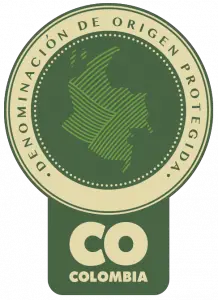
Each of these regions has its own climate and soil characteristics and produces coffee with distinct flavor profiles.
Here you can find details for all six special coffee regions including the flavor profiles.
Growing conditions
Colombia is located in the coffee belt between the tropics and is blessed with ideal growing conditions.
The ideal conditions for successful coffee cultivation are:
- altitude of 1,200 to 1,800 meters
- temperatures between 17 and 23 C, no frost
- yearly rainfall of 2,000 millimeters with the right timing
All of these conditions are met in Colombia. Numerous volcanoes provide the right altitude. The 15 active volcanoes also supply mineral-rich fertile soil. Volcanic soil is best suited for coffee trees and the minerals add complexity to the flavors.
Close to the equator, temperatures are just right at higher elevations. Even at an altitude of 1,800 meters, there is no danger of frost which could wipe out an entire harvest.
And the generous rainfall of 80 inches of rain per year is well-timed for the flowering season and during the ripening of the coffee cherries.
Colombian vs. Arabica Coffee? A trick question
There are people out there asking about the difference between Colombian and arabica coffee. That’s probably one of the stupidest questions around coffee. The answer to that is simple: There is no difference. Almost all Colombian coffee beans are of the arabica species, which offers a superior flavor profile and is favored by coffee lovers around the world.
According to World Coffee Research, there are two main species of coffee, arabica and robusta. A third species coffea liberica is only of minor importance. Colombian coffee is not a species, just a denomination of origin.
This question may have come from misunderstanding the message of a marketing campaign that started in 1958. The National Federation of Coffee Growers of Colombia created the brand “100% Colombian Coffee”. However, neither species nor cultivars were specified.
Adding to the confusion is the fact, that since 1983 there indeed exists a varietal called Colombia. But this one is also an arabica bean and nothing else.
Coffee varietals in Colombia
There are 8 coffee arabica varietals that have played an important role over the years in Colombia. The first arrivals in the 1800s were Typica and Bourbon. They were joined by Maragogipe, a large coffee bean from Brazil, also nicknamed “elephant coffee bean”. This varietal has a rather low yield and fell out of favor. It is very hard to find these days.
The high-yielding Caturra, a mutant of Bourbon, became one of the main varietals in Central America as well as in Colombia where it represented about half of the annual production. This varietal is also resistant to the fungal disease Coffee Leaf Rust which reached the region in 2012.
The National Coffee Research Center (Cenicafé) is continuously improving the quality of Colombian coffee and focussing on the main goals: quality of the cup, disease resistance, and yield. In 1983 it released the varietal Colombia which was created from Caturra and the Timor hybrid.
In 2002 they introduced the varietal Tabi which was created from Typica, Bourbon, and the Timor hybrid. This is, by all means, a great bean and meets the quality standards of Cenicafé.
The latest release from Cenicafé is Castillo which by now is the most popular bean with Colombian coffee growers. It has the highest resistance against the Coffee Leaf Rust Disease and the Coffee Berry Disease. The yield is higher than the other varietals and it offers an excellent flavor profile. It is also expected that it can weather the effects of climate change better. More than half of the annual coffee production consists now of the Castillo bean.
The most exciting new addition to Colombian specialty coffees is the Colombia Geisha varietal. The Geisha or rather Gesha varietal had already been a tremendous success in Panama. As Panama Geisha coffee it soon became one of the most cherished coffees fetching incredible prices at international auctions.
Branding and Marketing of Colombian coffee
The National Federation of Coffee Growers of Colombia started a brilliant marketing campaign in 1958 with the character of Juan Valdez, created by the ad agency Doyle Dane Bernbach.
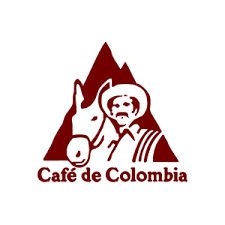
Juan Valdez looks convincingly as you would expect a coffee farmer to look like. He is accompanied by his mule Conchita carrying bags of harvested coffee. He appeared not only in the logo but also in countless tv ads. Here is one vintage example:
Coffee from Colombia was successfully established as a quality brand and as a single-origin coffee to distinguish it from the mass market blends like Folgers or Maxwell House which had dominated the coffee market in the US.
As a premium product, 100% Colombian Coffee showed up even in the First Class cabin of Lufthansa and other international airlines.
Expanding into coffee shops
The next logical step by the National Federation of Coffee was to take advantage of the excellent brand image and start a chain of coffee shops. The Juan Valdez Café was born in 2002.
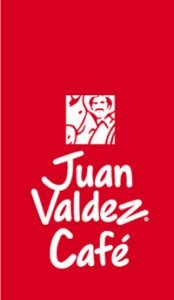
The number of stores worldwide is approaching 500, mostly in Colombia. But they are also expanding internationally on other continents. The current plan is to open 182 stores in Florida alone by 2025.
This was a bold and at the same time smart move by the National Federation of Coffee. which is essentially owned by the 540,000 coffee farmers of Colombia.
What is Colombia Supremo coffee?
Colombia Supremo is considered the best quality of Colombian coffee, grown at a very high altitude and selected for the size of the beans. They have to pass a screen size of 17 minimum. They are not of a specific varietal.
Colombia Supremo beans are slightly larger than the second-ranked Excelso beans.
Which Colombian coffee should you buy?
The National Federation of Coffee is doing a great job in ensuring the quality and reputation of 100% Colombian Coffee. You won’t be disappointed even if you buy just a generic Colombian coffee from a reputable roaster.
As a real coffee lover, you should also try single-origin coffee produced in one of the 6 regions: Cauca, Nariño, Huila, Santander, Tolima, and Sierra Nevada. The Colombian government has awarded them the grade of Denomination of Origin for their outstanding quality.
Here are some of my current favorites that can be easily ordered online from Volcanica, a most reputable roaster, to give you a head start. Just click on the images below.
If one of these are sold out due to limited supply, I encourage you to browse other categories. You may be in for a great discovery.
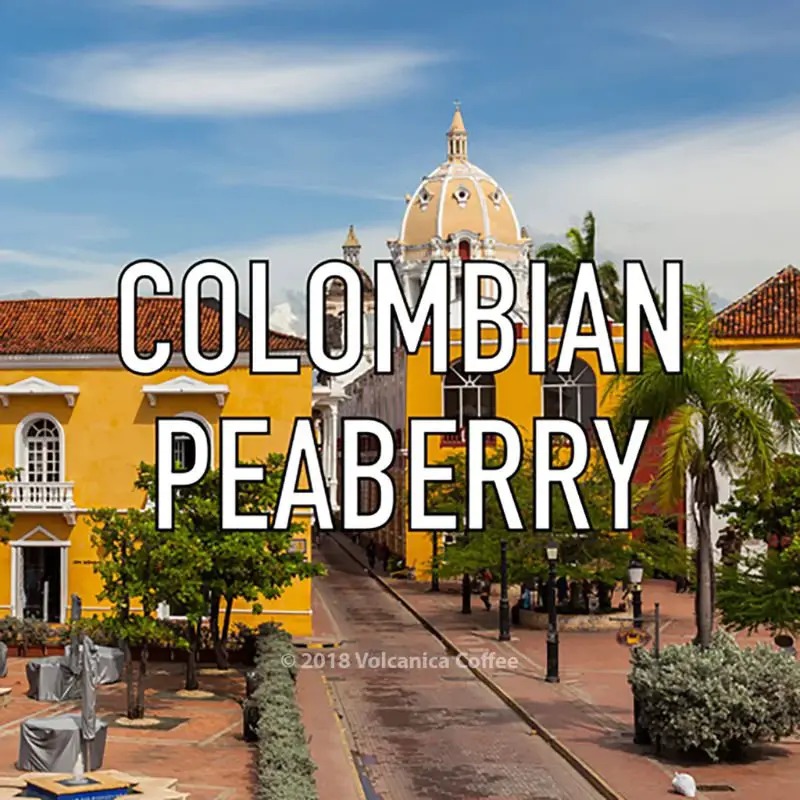
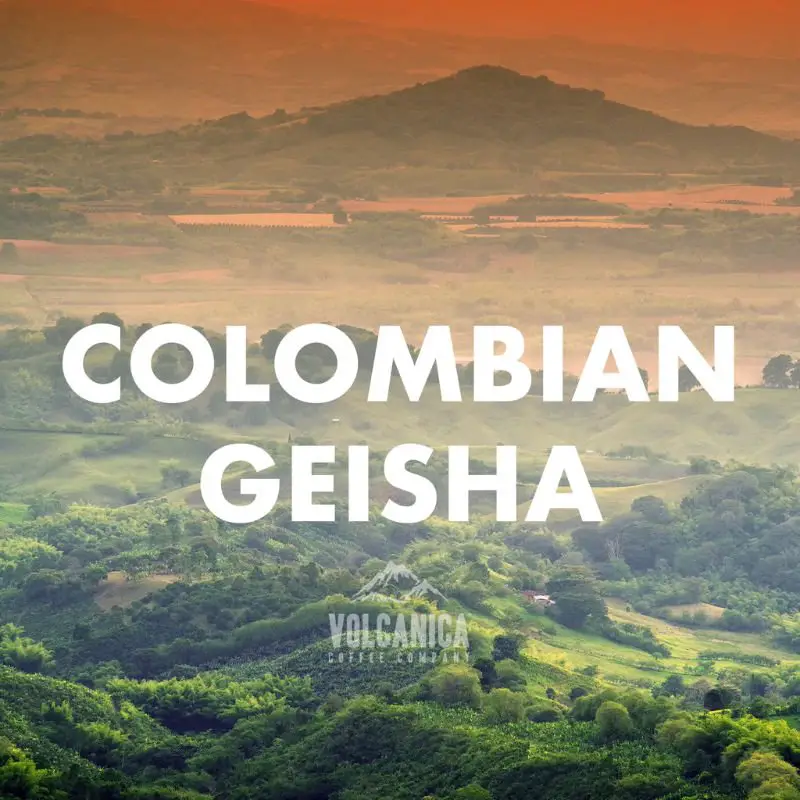
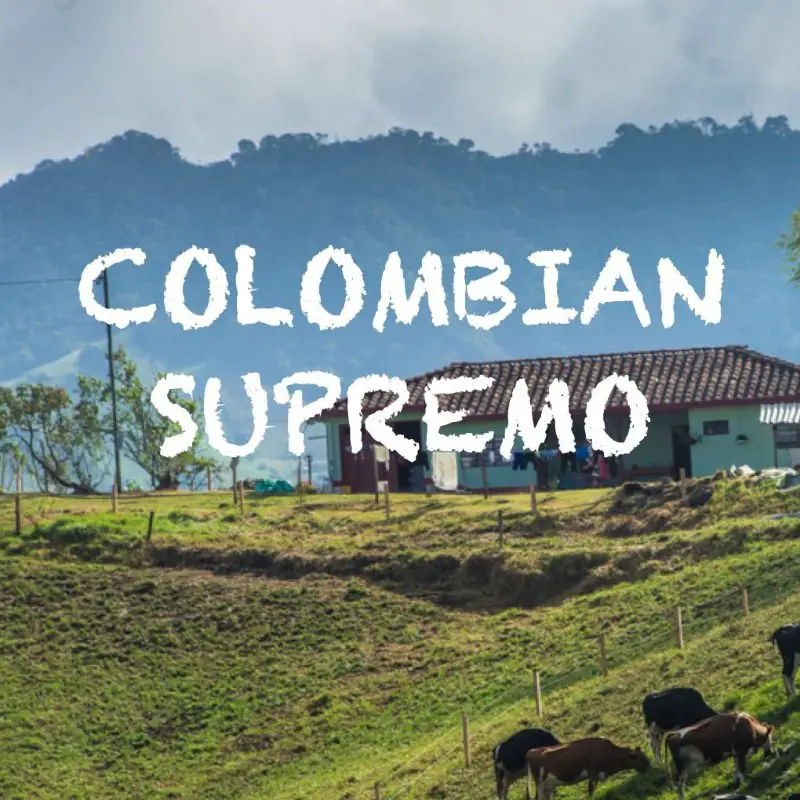
You can get another unique and outstanding coffee from Volcanica as well. Clicking on the image will take you straight to their order page.
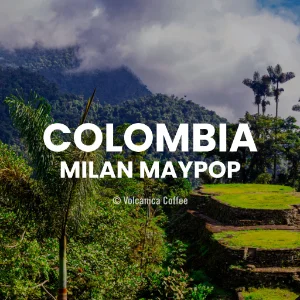
However, the demand for these outstanding beans is very high, so occasionally, even Volcanica runs out of supplies. If this happens to you, I recommend leaving your email address on their order page, and they will notify you as soon as a new shipment comes in.
Santa Marta Asoarhuaco coffee
This is a very unique coffee produced by the indigenous tribe of the Arhuaca in northern Colombia. Read more about this amazing product in this post.
